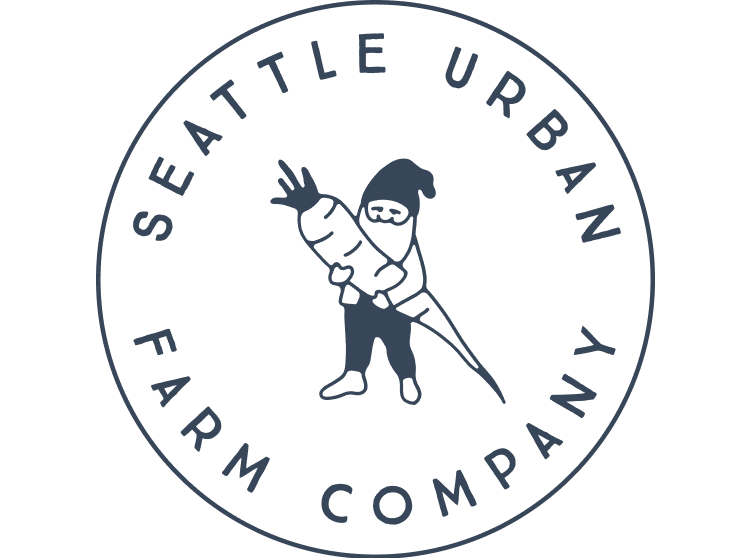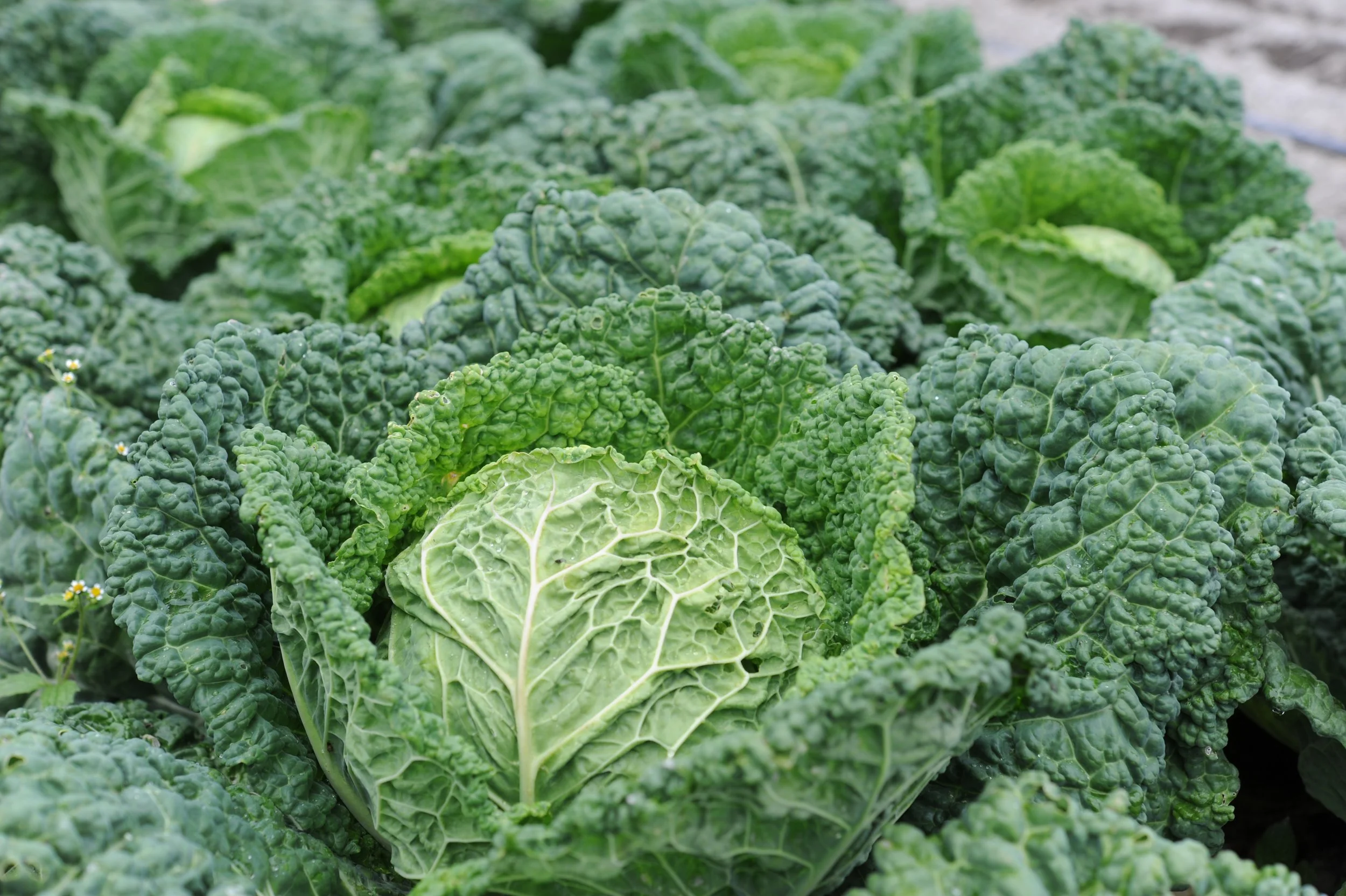Compared to most ornamentals, annual veggies demand more nutrients, more often. In perfect conditions, humus-rich soil can supply everything they need. In real gardens, a smart organic fertilizing plan keeps plants vigorous and yields high.
Read MoreEpisode 65: October Q+A
The days are getting shorter and cooler, and that Fall crispness is definitely in the air. In this week’s episode, we answer questions that follow up on previous podcast episodes. Tune in for more information on harvesting sunflower seeds, planting garlic, using drip irrigation, and amending soil. Many thanks to our Club Encyclopedia Botanica podcast funders for asking such smart follow-up questions and helping us all get into more detail on these timely topics!
Read MoreEpisode 62: Vegan Fertilizer
Organic fertilizer is a key component of any vegetable garden, and today we are going to explore a specialized recipe for an organic fertilizer that is totally vegan.
Read MoreEncyclopedia Botanica Podcast, Episode 33: Nitrogen
Over the next two episodes we will break down NPK, the acronym used to classify plant fertilizers. NPK stands for nitrogen, phosphorus and potassium. The letters used to represent each of these 3 nutrients are their symbols on the periodic table of elements. This week we will focus on Nitrogen, and next week we'll talk in depth about Phosphorus and Potassium. So, welcome to our 2-part series on organic fertilizer!
Read MoreCurbing Blossom End Rot
A healthy Calliope eggplant puts on new fruit after blossom end rot damaged fruit were removed.
Blossom end rot can be an incredibly frustrating challenge for any vegetable gardener. There is something particularly upsetting about watching a perfectly healthy-looking plant produce damaged and rotten fruits! Fortunately, blossom end rot can be avoided and, once in process can often be overcome.
Read MoreOrganic Fertilizer Break Down Part Three: Greensand
The next stop on our path towards total fertilizer enlightenment is the wonderful world of Greensand. As we learned in part one of our series, all fertilizers are rated by their NPK ratio, which indicates the percentage of Nitrogen-Phosphorous-Potassium in the product. Greensand (0-0-3) is a great source of Potassium and works as a component of a fertilizer mix and as a stand-alone soil amendment.
Read More





